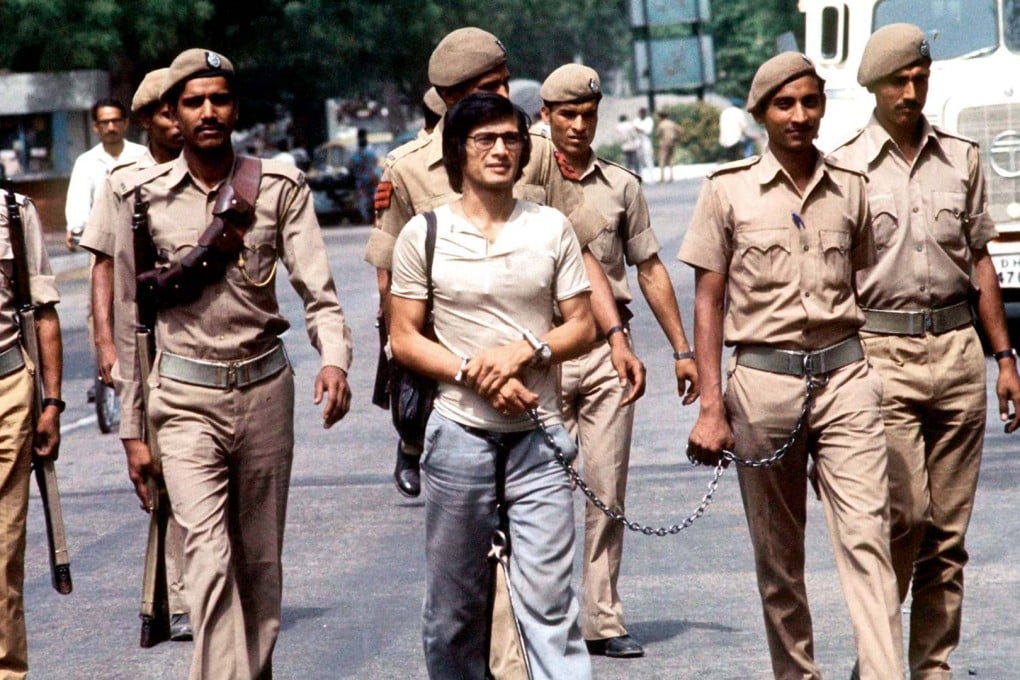Beyond The Serpent: Charles Sobhraj through the eyes of those who knew him
- Accused of murdering dozens of Western tourists across Asia in the 1970s, Sobhraj’s life story has spawned numerous retellings, including a miniseries on Netflix
- New interviews reveal a chocolate-loving womaniser who exerted dominance over his fellow prison inmates while forming alliances with influential criminals

When Sunil Gupta arrived to start work at India’s largest prison on May 8, 1981, the 24-year-old was surprised to learn that the position he was appointed for wasn’t available anymore – that was until a bespectacled, balding man dressed in a light brown suit stopped by to ask what was going on.
Assuming the man to be a senior official at Tihar prison, Gupta explained the situation to him. “He went straight into my superior’s office. After a few minutes, he came out and asked me to start work the same day,” Gupta, now aged 64 told This Week In Asia. “Later, I discovered that he was Charles Sobhraj.”

The dramatised series has again cast the spotlight on how a man who was once the world’s most wanted criminal wielded his charm and influence to get away with murder, while evading arrest at almost every turn.
New interviews with journalists who covered Sobhraj’s story and others who interacted with him reveal a chocolate-loving womaniser who exerted dominance over his fellow inmates while forming alliances with influential criminals.
‘A BOLLYWOOD ACTOR?’